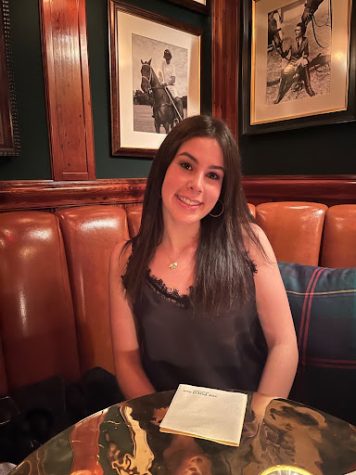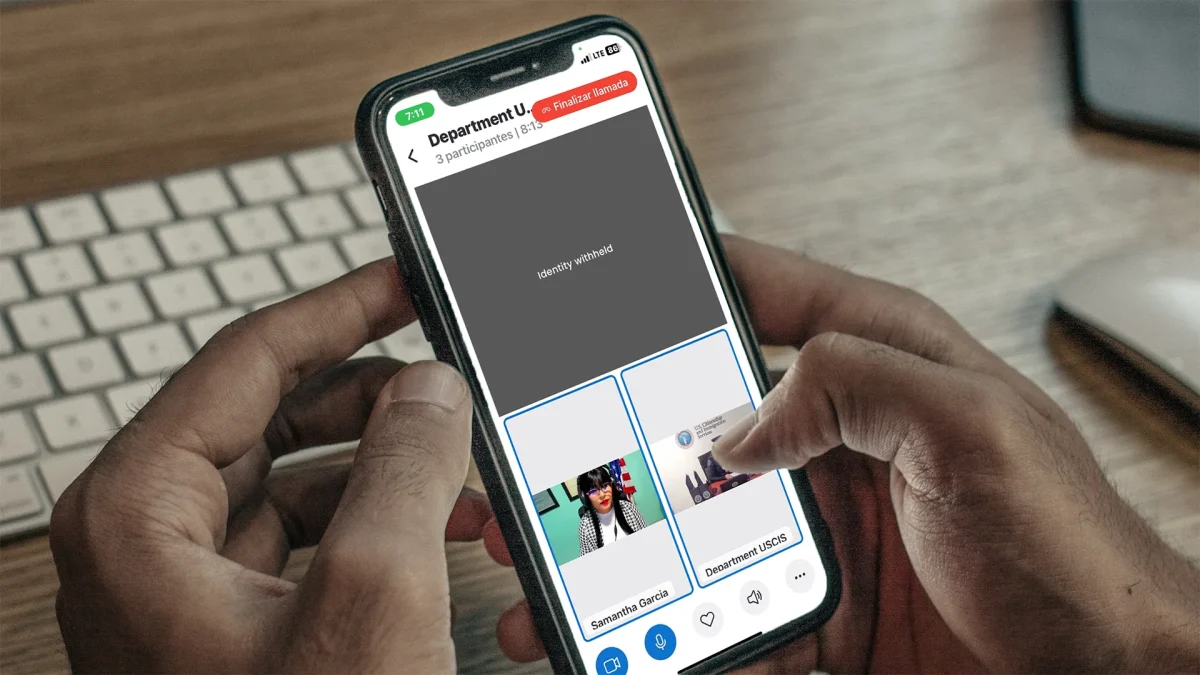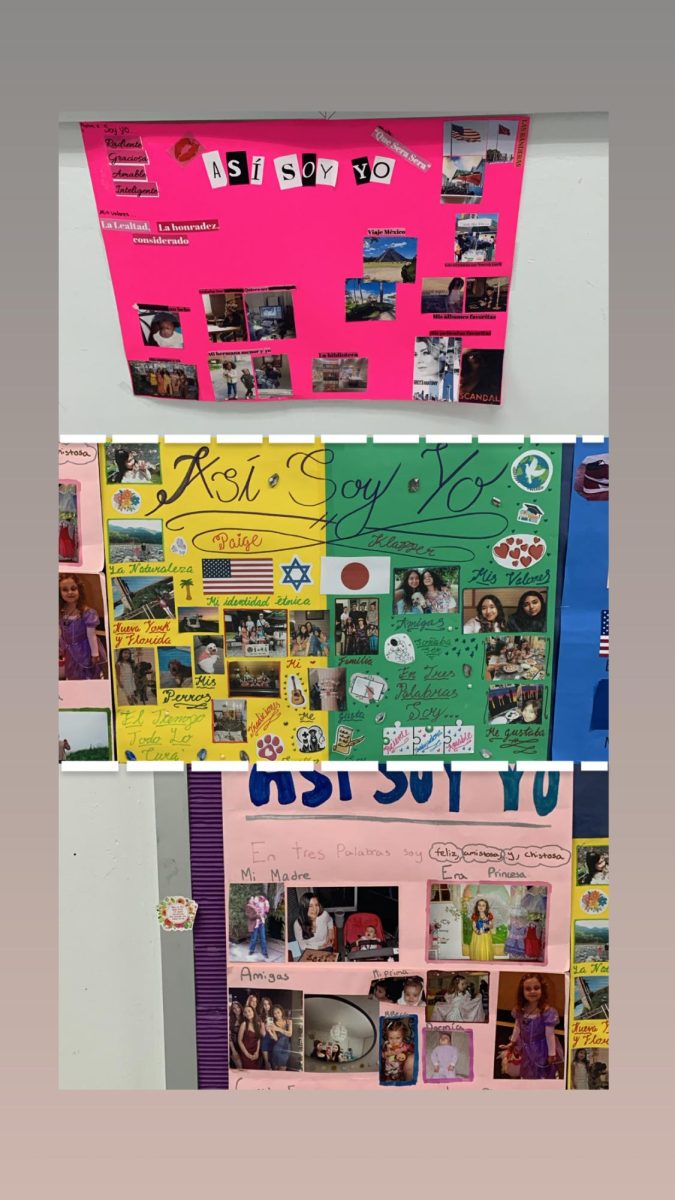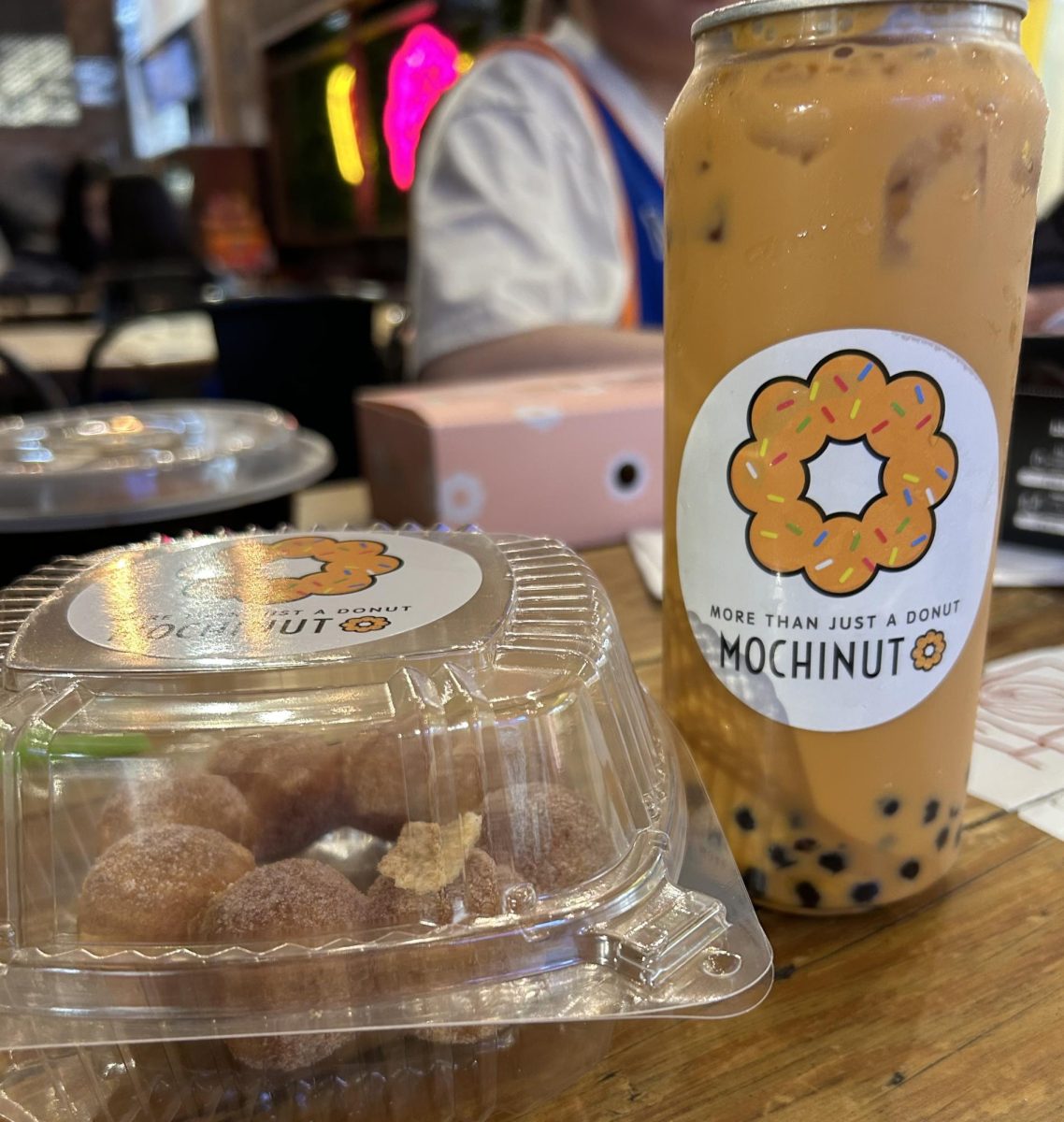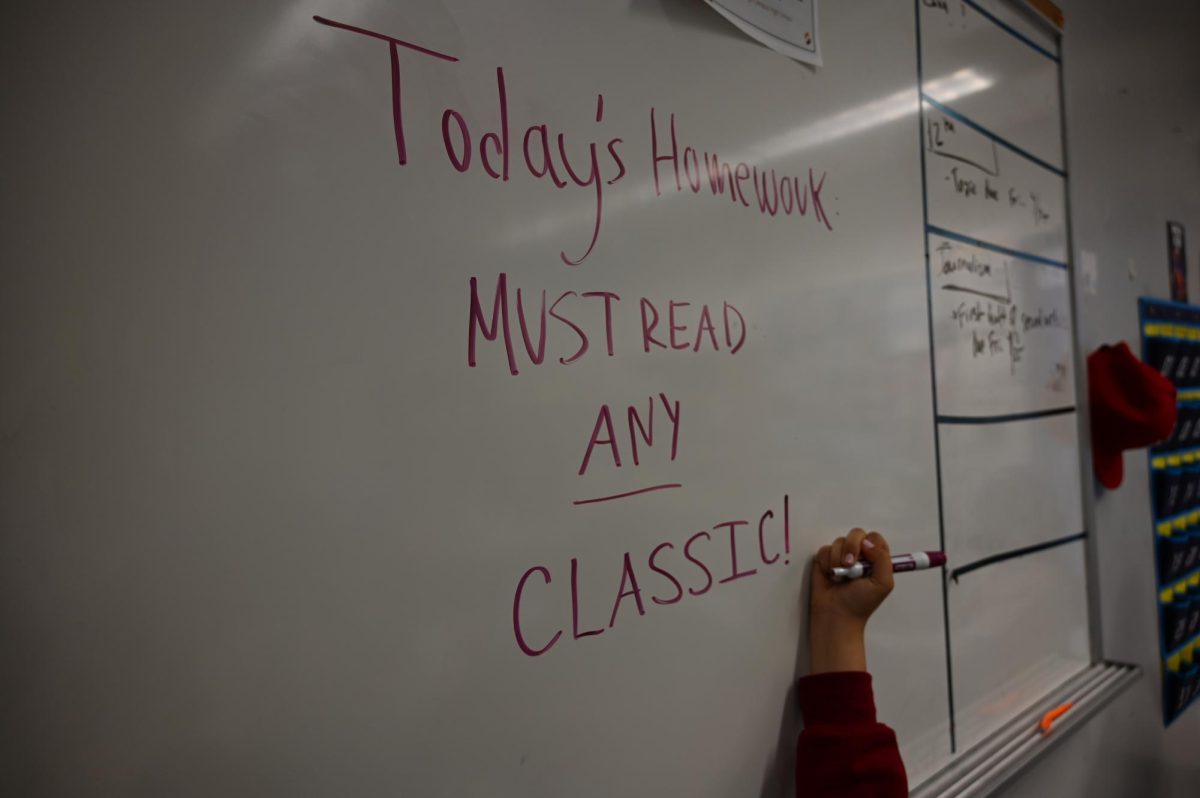Returning to School After the Pandemic, from a Junior’s Perspective
December 2, 2021
Students all over the world would agree that the Covid-19 shutdown brought about extreme challenges that we never could have imagined. But what might have been even more unexpected were the struggles we faced in returning to school this past September. When Baruch shut down in March of 2020, most of us expected to return to school after two weeks. Little did we know that we wouldn’t return to a real in-person school program for nearly 18 months. For the freshman class, that meant that we left as relatively new ninth graders, and would not be back in school until our junior year. During this time, we longed to see our friends and teachers, and recalled all of the small pleasures school brought us that we had taken for granted. This year-and-a-half proved difficult for all students, requiring us to rewire the way we learned with little preparation nor transition. Hours staring at a screen left us feeling helpless and wondering if this pandemic would ever come to a close. More importantly though, we wondered if the bonds we formed at school and the privilege of learning in a real classroom would ever be our reality again.
Baruch had to turn on a dime to construct a remote learning system that would satisfy the needs of all students. We owe the faculty and administration major thanks for their hard work in accomplishing this. However, because of the unpredictable nature of the pandemic, many students felt unprepared in the switch to fully remote schooling. Most students benefited from the in-person nature of school, and its social-emotional support and structure. Not only was this taken away from students, it was taken away from us with no warning. Classes became thirty minute zoom calls, during which teachers begged students to turn on their cameras. Even the most diligent and dynamic teachers had a hard time keeping our attention, especially with the distractions of siblings and social media. Staring into a screen all day brought about feelings of extreme isolation. Without a doubt, its effects have had a more significant and lasting impact on us than we even realize. But what effects of remote learning do we see now that we are back in person?
As an eleventh grader, I think my peers would agree that our transition back to in-person school may be the most challenging of all the grades. While we had the benefit of beginning to get to know our classmates at the start of ninth grade, these relationships were just starting to solidify when the pandemic hit. As ninth graders, we had only begun to grasp the responsibilities of our new “high school life” while putting our middle school habits in the past. We were making new friends and getting to know our teachers, all while learning how to balance a high school workload. Speaking for myself, I would say I was just getting in the groove of my Baruch life when the world shut down. While I was eager to come back to in-person school this Fall, the transition has not always been easy. Junior year is arguably the most difficult year of high school, with an intense workload, looming standardized tests, and pressure to get good grades for college. As ninth graders, we didn’t take any AP classes. We worked hard to do well in our classes, but there was still a sense that we were getting up to speed. Homework was manageable, and tests were infrequent. Then, during the remote period, due dates were lenient, and we had freedom throughout the day to complete assignments at our own pace. Now, many of us are in AP level classes, with extremely rigorous workloads and demanding exam and assignment schedules. Junior Loulé Long is taking two AP classes and notes, “It is a hard change from relaxing at home and finishing work quickly to commuting to school and only having a few hours to complete work after school. AP classes also provide a large workload that is significantly different from ninth grade. We have more intense projects and homework assignments that we are trying our best to adjust to.” The return to the classroom means we have to work on someone else’s clock, and we struggle to balance school and extracurriculars. As freshmen, we were just starting to get involved in clubs and teams. Now, many of us are running our clubs, which is an added layer of responsibility. For some of us, connections with friends and peers were lost over the remote period, and we have had trouble establishing them again. Clearly, there are many struggles we continue to face in bridging the gap between ninth and eleventh grades.
Although the pandemic brought about several transitional challenges, without a doubt there are many positive aspects of returning to school. For many students, opportunities to see friends and family were extremely limited during the pandemic. However, in returning to school, we can finally reconnect with our friends and gain back the social aspect of our lives. Having lunch with friends is one of the best parts of my day, and one that I will no longer take for granted. Learning inside a classroom is also extremely beneficial, as we feel more engaged with the material and get to make one-on-one connections with our teachers. . Another aspect of in-person learning that is significant for many students is athletics. Sports teams are up and running and school spirit is stronger than ever. “We are able to work together as a team, and basketball has allowed the school community to unite after being separated for a year,” says junior Kayla Karabay, member of the Girls Varsity Basketball Team. Despite the challenges of getting reacclimated to in-person school, I don’t think any student would trade the learning experience we have now for what we had last year, and that reveals a lot about our school community.
We are lucky to have the resources we do at our school to support our transition back from the shutdown. From our Advisory system to our caring teachers, administration and school counselors, we always have a place to turn if we need help or advice. Although we may be presented with many challenges, the whole Baruch community is facing this together, and the benefits of being back together, in-person, will certainly help us tackle any struggles we may be facing.


